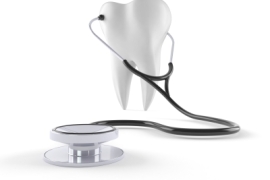“The state of our nation is only as good as the state of our health.”
Delos M. Cosgrove, MD
President and CEO of the Cleveland Clinic
In the era of the Affordable Care Act, we are all now transitioning from volume-based care to value-based care. Simply put, it pays to have healthier patients with fewer treatment complications.
We now live in a society where wellness will play a key role in economic survival. Medical professionals know and understand this, so they want to collaborate advanced testing with those healthcare professionals that can help them improve their care and outcomes. After all, people generally see their dentist twice as often as they see their physician(s), so there is a unique opportunity in coordinating risk assessment, advanced testing, and customized treatment across previously established borders between medicine and dentistry.
Now, more than ever, it is time to open communications and work together to reduce the effects of oral health on patients’ overall health. Often, the first signs of health conditions reveal themselves in changes within the mouth. In the dental office, medical histories should be carefully reviewed when at-risk patients are identified. At the same time, physicians will screen at-risk patients for the common signs of periodontal disease in addition to their regular exams. Results and observations are shared with the collaborative healthcare team.
When patient care is coordinated between medical and dental professionals, the result is an elevated level of care, fewer complications, and reduced costs for both patient and practitioner.



